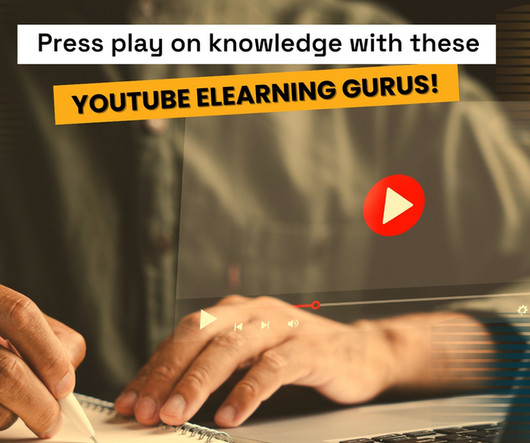Creating eLearning Content around Learning Objectives with Simple and User-friendly Authoring Tools
easygenerator
APRIL 14, 2014
Figure 2 provides detailed information about the individual steps in the authoring process. When developing learning objectives, it is important to use Bloom’s taxonomy. The theory is a classification of different levels of cognitive learning. The final step is developing a timeline for the course. Simplicity and Usability.














































Let's personalize your content